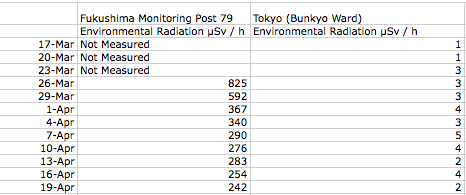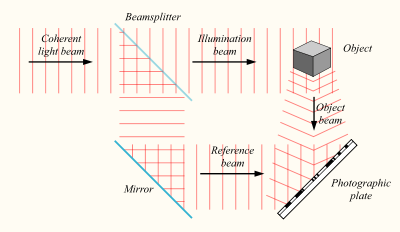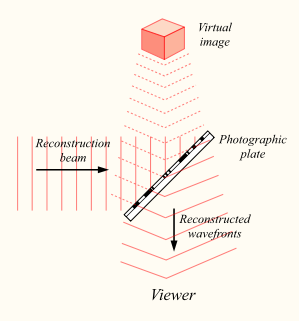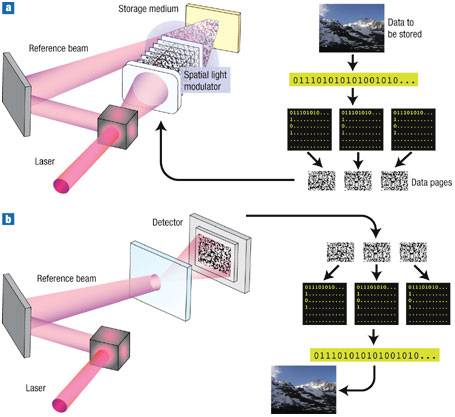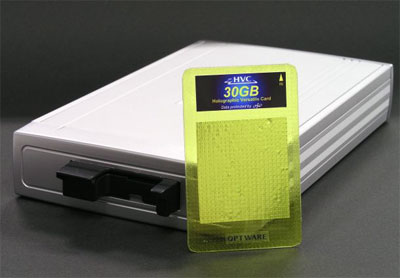Unfortunately due to some technical difficulties I couldn’t group my data with the rest of my group’s so here’s the data I was able to collect. We will try to combine the posts soon. Sorry for the inconvenience!
Manufacturing of Solar Cells and Necessary Components:
Şen (2008) writes that of all the renewable energy sources available to us, the sun gives the most energy on a consistent basis even with reductive atmospheric factors like absorption and molecular scattering. He also notes that the wavelengths in sunlight are primarily in the form of visual light which are exactly what most solar cells need to operate.
Lynn (2010) goes into detail about the different forms of solar cells including…
• Silicon Cells (Monocrystalline, Polycrystalline, and Amorphous) – considers this one the quintessential solar cell due to its low cost and good efficiency
• CIGS and CdTe cells
• Multijunction cells
• Organic Cells
The only components of solar cells specifically known to cause environmental damage are lead, from the lead acid batteries (PTIG 1985) and cadmium residue from the CdTe cells. Despite the possible environmental effects these are not the most commonly used solar cells if properly disposed these solar cells could become a great way to use the cadmium byproduct common in zinc mining safely (Fthnakius 2003).
Rough Cost of Solar Cells:
Lynn (2010) notes that the cost of a solar cell during 1970 was around $300 per Watt
Currently online solar energy calculators average a cost of about $7.00 per Watt for a common monocrystalline silicon solar cell including parts and instillation. (Cooler Planet)
Efficiency of silicon based solar panels, and other, newer varieties of photovoltaic cells:
The NREL (National Renewable Energy Laboratory) put together a graph detailing the lab efficiencies of multiple types of solar cells over a time frame from 1975 to 2010. The graph shows that multijunction cells have the highest efficiency of around 38% but that all forms of solar cells have been getting progressively more efficient.
http://www.nrel.gov/pv/thin_film/docs/kaz_best_research_cells.ppt
Lynn (2010) notes the most common type of solar cell, silicon cells range from 11%-16% efficient out in the field.
Potential Issues in cost and efficiency:
Based on a solar energy calculator (Cooler Planet) for Vassar to switch over 50% of the dorm’s electricity to solar energy it would cost nearly 2.5 million dollars even after tax incentives (Dorm electricity estimate based on (Small 2008)). This estimate fluctuates between 2 million and 3.5 million depending on the electric provider however and is based on the average solar radiation value for Dutchess County. It would take Vassar 15-20 years for the monetary savings of the solar cell to break even.
Lynn (2010) argues that although the upfront fees are high for converting, the long life span of solar cells of around 20 to 25 years along low maintenance fees make it a much safer option than most other energy sources. He also mentions the energy payback times for this area of the United States would be about 4 years. He refrains from any mention of cost during this section however.
Physics of photovoltaics: how it converts sunlight to energy:
Knier’s article (2002) is a qualitative introduction to the underlying physics and processes of photovoltaics. He has a basic explanation of the photoelectric effect and the general assembly of a single silicon cell solar panel. It also has a short history of the science of photovoltaics noting its origins and its popularity as a power source for satellites.
Nelson (2008) however presents similar information in a more quantitative form, focusing on derivations which explain the factors that affect the semiconductors used for solar cells and the P-N junction of the solar cells. The calculations remain general however and are not used to come to any particular conclusions. Other calculations include one on general efficiency.
Lynn (2010) notes that other factors like the weather of a particular area and spectral distribution of the sunlight hitting the panel play a significant role. His analysis of the physics remains primarily focused on a qualitative analysis of the different roles and forms solar cells can take to supply a wide variety of power on a global level.
Future of photovoltaic technology:
Where Lynn (2010) believes the future of solar cells will be determined by the advancement of silicon cells Nelson (2003) argues it is the multijunction cells which will be focused on
Current advancement include solar cells that can rebuild themselves (BBC 2010) and silicon cells reaching even higher efficiencies of around 24% in the lab (Science Daily 2008)
Further ideas for solar cell improvement include sattlelites with solar panels beaming the energy to earth in the form of microwaves, desert spanning solar farms and solar beam collectors to focus sun rays right at the solar cells (Şen 2008)
Sources
“BBC News – Tiny Solar Cells Fix Themselves.” BBC – Homepage. 5 Sept. 2010. Web. 20 Apr. 2011. http://www.bbc.co.uk/news/technology-11181753.
Fthenakis, Vasilis M. “Life Cycle Impact Analysis of Cadmium in CdTe PV Production.” Renewable and Sustainable Energy Reviews 8.4 (2004): 303-34. Scopus. Web. 20 Apr. 2011. http://www.sciencedirect.com/science?_ob=ArticleURL&_udi=B6VMY-4BF004T-1&_user=557743&_coverDate=08%2F31%2F2004&_alid=1725917696&_rdoc=3&_fmt=high&_orig=search&_origin=search&_zone=rslt_list_item&_cdi=6163&_docanchor=&view=c&_ct=973&_acct=C000028458&_version=1&_urlVersion=0&_userid=557743&md5=48d4721ebf6210cbf9b046c23c45c54d&searchtype=a#toc24
“Highest Silicon Solar Cell Efficiency Ever Reached.” Science Daily: News & Articles in Science, Health, Environment & Technology. 24 Oct. 2008. Web. 20 Apr. 2011. http://www.sciencedaily.com/releases/2008/10/081023100536.htm.
Knier, Gil. “How Do Photovoltaics Work?” NASA Science. 2002. Web. 17 Apr. 2011. http://science.nasa.gov/science-news/science-at-nasa/2002/solarcells/.
Kazmerski, Lawrence. “Best Research Cell Efficiencies.” National Renewal Energy Laboratory, 10 Sept. 2010. Web. 19 Apr. 2011. http://www.nrel.gov/pv/thin_film/docs/kaz_best_research_cells.ppt.
Lynn, Paul A. Electricity from Sunlight: an Introduction to Photovoltaics. Chichester: Wiley, 2010. Print.
Nelson, Jenny. “Chapter 1 and Chapter 10.” The Physics of Solar Cells. London: Imperial College, 2003. 1-16+. Print.
Şe̜n, Zekai. Solar Energy Fundamentals and Modeling Techniques: Atmosphere, Environment, Climate Change and Renewable Energy. London [u.a.: Springer, 2008. Print.
Small, Jesse. “Since 1866: Sustainability Committee Sparks Energy Challenge.” Ed. Hayley Tsukayama. The Miscellany News. 10 Apr. 2008. Web. 20 Apr. 2011. http://misc.vassar.edu/archives/2008/04/sustainability_3.html.
“Solar Calculator.” Cooler Planet. Web. 20 Apr. 2011. <http://solar.coolerplanet.com/Articles/solar-calculator.aspx>.
